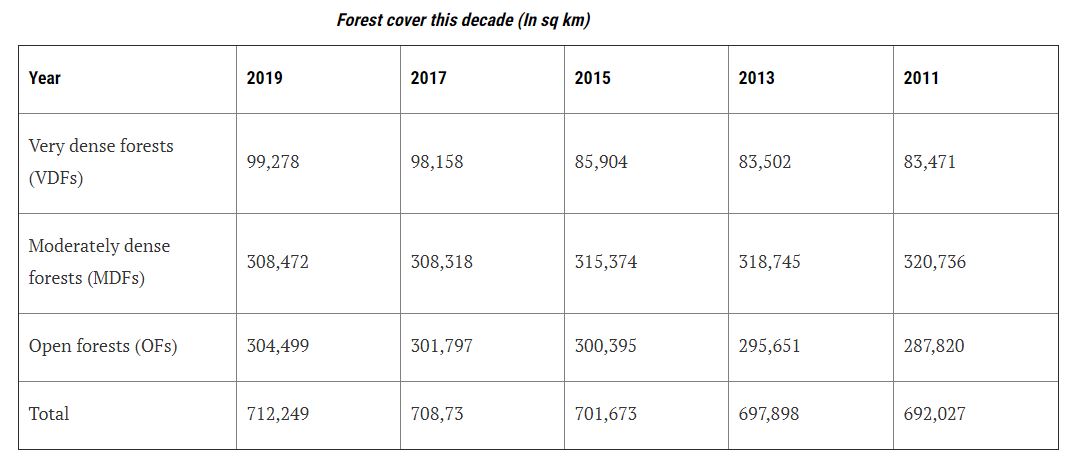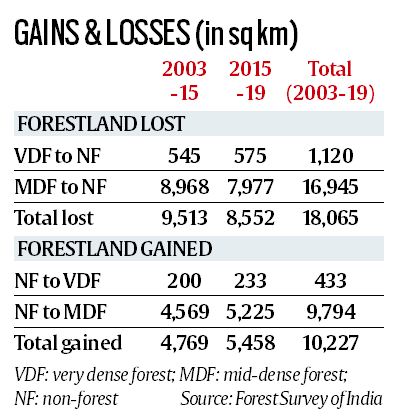7667766266
enquiry@shankarias.in
Why in news?
The Union Minister for Environment, Forest and Climate Change recently released the biennial “India State of Forest Report (ISFR)” for 2019.
What is the ISFR?

What are the key findings?

Source: Indian Express, PIB